Restaurants & Food
Street Food Cravings: Popular Indian Starters in Islington
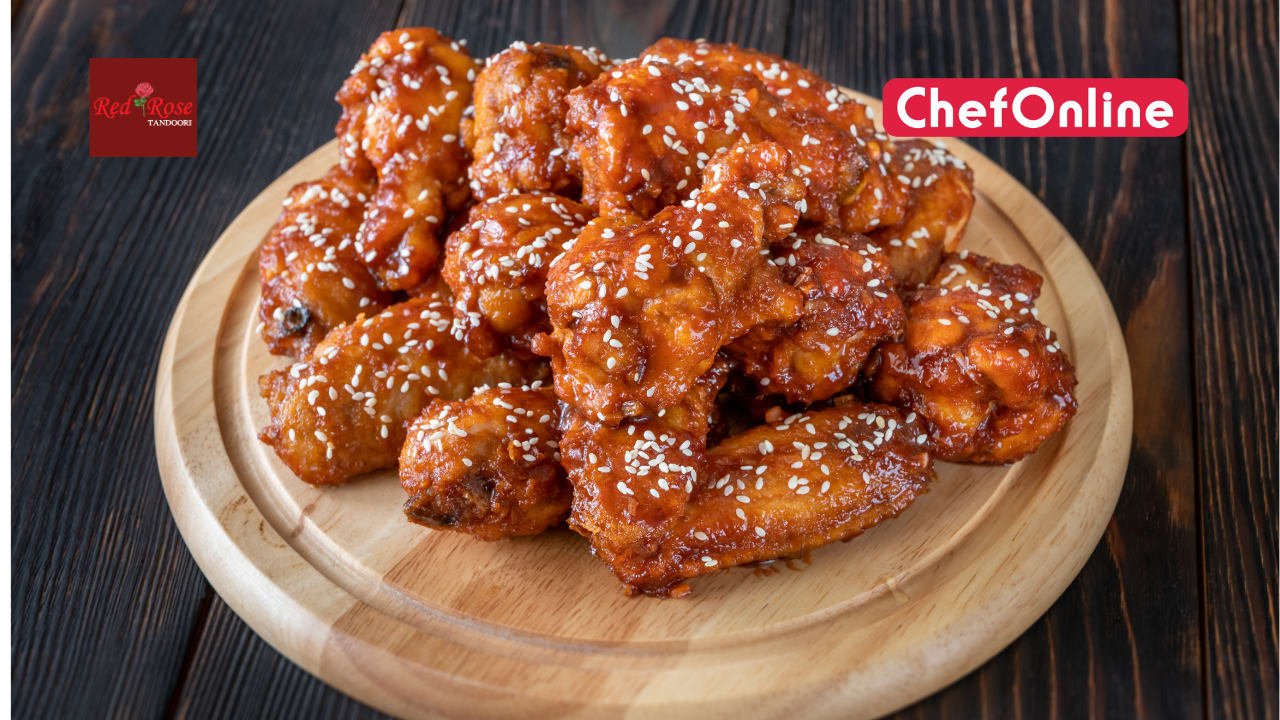
There’s something uniquely satisfying about street food. The sizzle of hot oil, the burst of spice on your tongue, and the way small plates invite you to share, sample, and savour every bite. In Islington, few places capture this magic better than Red Rose Tandoori on Holloway Road.
While this beloved Indian restaurant in Islington is famous for its hearty mains and creamy curries, its street-style starters are a category of their own. Perfect for snacking, sharing, or kickstarting a feast, these bold, flavorful dishes tap into London’s ever-growing appetite for Indian street food.
In this article, we shine a spotlight on five must-try starters that deliver all the punch of South Asian street stalls—right here in North London.
1. Chicken 65 (Contains Mustard)
Crispy, spicy, and slightly tangy, Chicken 65 is a street food legend across South India—and now, a firm favourite at Red Rose. Tender pieces of marinated chicken are deep-fried until golden and tossed in a fiery red masala featuring mustard seeds, garlic, curry leaves, and green chilies.
This starter is bold and addictive, perfect for spice-lovers and thrill-seekers alike. The texture is crisp outside, juicy inside, and every bite pops with layered heat. Whether you’re dining in or grabbing a quick takeaway, Chicken 65 is a must for fans of authentic Indian street fare.
2. Sesame Chicken (Contains Sesame Seeds)
A modern twist on Indo-Chinese fusion, Sesame Chicken combines Indian spice with Chinese technique. Bite-sized chicken is lightly battered and fried, then coated in a glossy, soy-garlic glaze and finished with a generous sprinkle of toasted sesame seeds.
This dish is savoury, sweet, and crunchy all at once—ideal for sharing or pairing with a creamy curry as part of a larger meal. It’s also great for those who prefer less spice but still want something exciting. Order it with a side of garlic naan and enjoy the contrast of East meets South Asia.
3. Garlic Mushroom Puri (Contains Sulphites)
For vegetarians and lovers of deep, umami flavours, Garlic Mushroom Puri is a true gem. Fresh mushrooms are sautéed with garlic and mild spices, then served atop a warm, fluffy puri—a fried Indian bread with a crispy edge and soft centre.
It’s rich, earthy, and wonderfully comforting. This dish showcases how Indian street food doesn’t always need to be spicy—it can be mellow, satisfying, and packed with flavour. This is one of the best Indian starters in Islington for non-meat eaters looking for substance and taste.
4. Red Rose Mix (Contains Sulphites)
Can’t decide what to order? The Red Rose Mix solves that. A signature starter platter, it includes a rotating selection of house favourites like chicken tikka, seekh kebabs, onion bhajis, and mini samosas. It’s a sampler plate made for sharing—or for those who want to try a bit of everything.
This dish is a crowd-pleaser at gatherings, date nights, or casual dinners. It also gives first-time diners a fast-track into the range of Indian flavours available at Red Rose Tandoori, one of the best Indian restaurants in Islington.
Pro tip: Pair the mix with mango chutney or mint yoghurt dip for the ultimate flavour combo.
5. Samosa (Veg or Meat)
No street food spread is complete without samosas. These golden, triangle-shaped parcels are filled with spiced potatoes and peas (veg version) or minced meat and herbs (meat version). At Red Rose, they’re fried to perfection with a crisp shell and warm, comforting interior.
Ideal as a snack, starter, or side dish, the samosa is a timeless favourite that appeals to all ages. Whether you choose veg or meat, it’s guaranteed to hit the spot. And if you’re looking for traditional Indian starters in Islington, this is the gold standard.
Why Londoners Love Indian Street Food
Small plates. Big flavours. That’s the street food promise. In cities like Delhi and Mumbai, street vendors have long served up handheld, affordable, and irresistibly tasty snacks that keep locals coming back. In London, this love has grown into a full-on culinary movement.
At Red Rose Tandoori, that spirit is alive and well. Each starter captures the essence of India’s bustling food stalls but with the finesse of a restaurant kitchen. For anyone looking to explore vibrant, snackable dishes in a comfortable North London setting, this Indian restaurant in Islington is a must-visit.
Sweet & Savoury Combos (Connects to Article #8)
In Article #8, we explored the sweeter side of Indian cuisine—like Butter Chicken, Pasanda, and Muglai. Here’s how those creamy mains complement your favourite street-style starters:
Pair Chicken 65 with Butter Chicken for a spicy-sweet contrast.
Enjoy Sesame Chicken alongside Pasanda for a nutty, balanced meal.
Have Garlic Mushroom Puri before indulging in Honey Chicken.
Follow your Red Rose Mix with a mild Muglai curry for a full-flavour ride.
Start light with a Veg Samosa, then dig into Tufa for a silky finish.
Local SEO Tips & Takeaway
Whether you’re looking for:
Traditional Indian starters in Islington
The best Indian starters in Islington
A reliable Indian restaurant in Islington
Or the best Indian takeaway in Islington
…Red Rose Tandoori hits every mark.
Its street-style starters are perfect for quick bites, casual dinners, or pre-curry indulgence. And with delivery and collection available via their official site and ChefOnline portal, you can enjoy these flavours from your sofa or at the dinner table.
Final Word
Islington’s food scene thrives on variety—and Red Rose Tandoori’s vibrant Indian starters deliver it in spades. With options for spice-lovers, vegetarians, meat-eaters, and first-timers, these dishes bring authentic street food energy to North London without the chaos of a food market.
So next time you’re craving something crispy, savoury, and full of personality, skip the supermarket snack and order from Red Rose instead. Your tastebuds (and your guests) will thank you.
Restaurants & Food
Art-Inspired Dining: India’s Restaurants Redefine Culinary Experiences | art-inspired restaurants, restaurant design, immersive dining, art and food, Burma Burma, unique dining, India restaurants, culinary experience, restaurant trends, artistic interiors
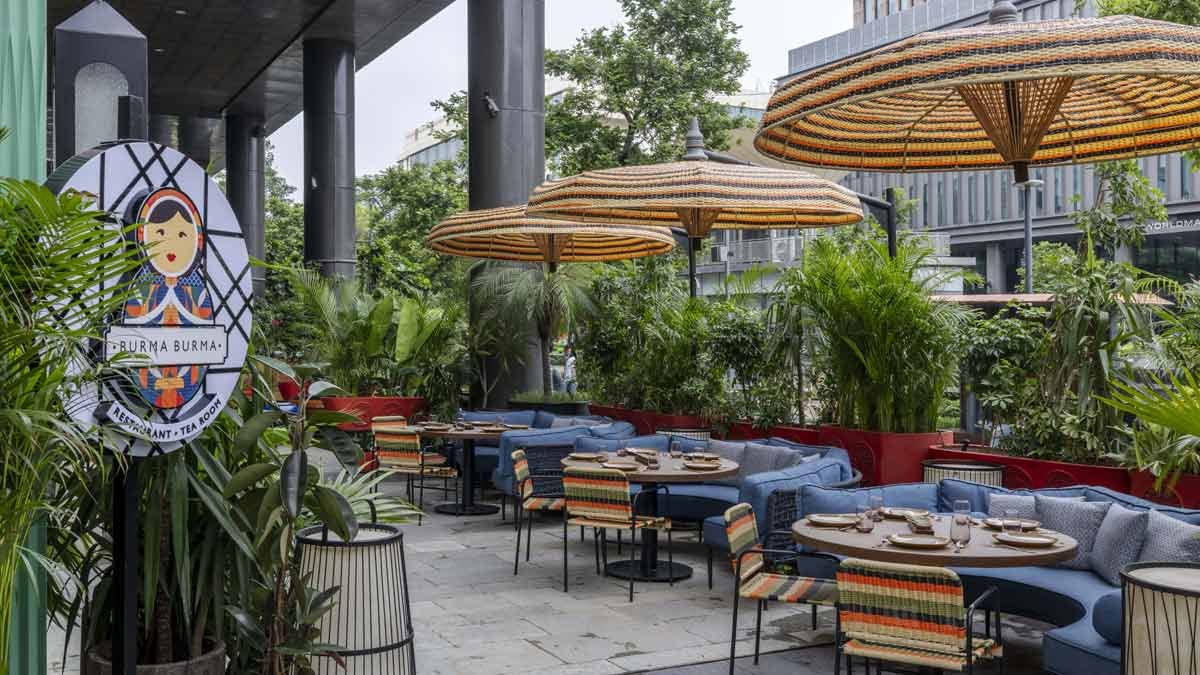
An imposing installation inspired by Burma’s giant Kyaiktiyo pagoda – a golden Buddhist temple perched atop a precariously balanced boulder – hangs at the centre, immediately catching the eye. On a cabinet are neatly displayed Burmese artefacts — papier mache, lacquerware, and wooden figurines. Upstairs, a wall hand-painted in subtle pastel hues instantly evokes peace. The mural, featuring several pagodas, depicts the ancient city of Bagan, a UNESCO World Heritage Site often called the land of pagodas.
This isn’t an art gallery or museum. It’s the newest outlet of Burma Burma, a premium casual restaurant chain by Mumbai-based Hunger Pangs Pvt Ltd, recently opened in Aerocity, New Delhi. Founder Ankit Gupta speaks as passionately about Burmese art and culture as he does about food — if not more so. That passion is evident in each of his outlets, with every location drawing inspiration from a different aspect of the Burmese heritage. “For example, our restaurant in Saket, New Delhi, celebrates the tribes of Burma,” says Gupta during a walkthrough of the Aerocity space, as he explains how Burma gets its name from its largest ethnic group — the Bamar tribe. Similarly, at the Ahmedabad outlet, a 50-foot wall showcases Burmese textile art.
Not only Burma Burma, a growing number of restaurants in India are increasingly incorporating art into their spaces, creating a sensorial experience that moves from palette to palate.
Burma Burma | Prashant Bhat
Take, for example, Ristorante by Dali, a new Italian restaurant in New Delhi’s Greater Kailash (GK) 2 that pays homage to Spanish surrealist Salvador Dalí. Or Begeterre, on Gurugram’s Golf Course Road — inspired by Roman culture, it’s billed as India’s first museum-themed restaurant. Then there’s Arts Room, at Eldeco Centre in Delhi’s Malviya Nagar, which takes its name seriously: here, art is as much on the menu as the decadent food.
It’s not every day you get to see artworks by global icons under one roof, let alone at a restaurant. But that’s what happens at the NMACC Arts Café at BKC Mumbai, which has on display masterpieces from the likes of British artist Damien Hirst, known for his death-centred artworks, Japanese contemporary artist Takashi Murakami, Bangladeshi visual artist Rana Begum, among others. The space is designed by Gauri Khan and stands true to its moniker.
Down south is Hortus, a cocktail bar in Panampilly Nagar, Kochi. Inspired by the 17th-century book Hortus Malabaricus by the then-Dutch governor of the Malabar region, the space oozes botanical heritage of the Malabar with its deep green and pale mustard walls and ceilings, hand-painted flowers, and ceiling installations depicting the inspiration of the place.
Hortus | via Instagram
In a beautiful description about the interplay between art and food, the three-Michelin-star restaurant Osteria Francescana, run by celebrated Italian chef Massimo Bottura, says on its website: “Contemporary art is an inspiration, a guide and a muse.” And that the artworks at the restaurant aren’t mere decorations but “windows onto the landscape of ideas that widen horizons and open up possibilities.”
And while talking of the interplay between art and food, who can forget the OG Khyber, the over six-decade old restaurant at Mumbai’s Kala Ghoda, which houses not one but three paintings by none other than MF Husain. What’s even more interesting is when the establishment got burnt to the ground in 1985, during its renovation, Husain reportedly painted his artworks in its very premises.
Suffice to say, paintings, murals, and striking pieces are increasingly a part of the culinary experience. What it requires is a keen eye and intrigue for your next dining experience to completely stand out.
Restaurants & Food
5 Restaurants From India’s Pre-Independence Era That Must Be On Your Bucket List | Food
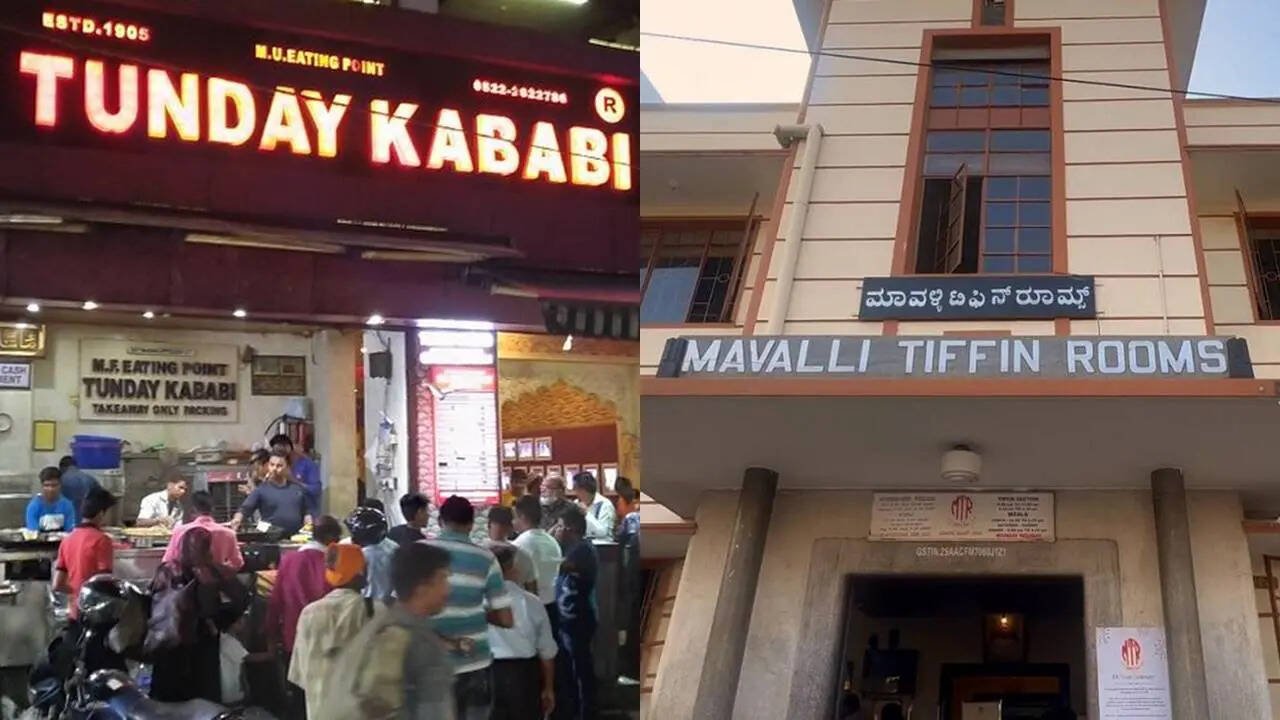
Iconic Pre-Independence Indian Restaurants Still Thriving in 2025
In a country where recipes are often handed down through generations with the precision of royal heirlooms, there exists a rare breed of restaurants that are not only feeding people but also serving up history – one plate at a time. Long before Instagram reels made food ‘viral’ and before Michelin stars began dictating taste, a few humble yet iconic establishments across India quietly began laying the foundations of what we now call the country’s culinary culture.
These restaurants have survived colonial rule, Partition, wars, food shortages, and fads like “zero oil” cooking. They’ve seen customers arrive on bullock carts, Ambassadors, and Ubers. Their menus haven’t changed much – and that’s precisely the point. To step into one of these is to step into a time capsule – where recipes are sacred, the décor proudly outdated, and every bite comes loaded with stories.
So this Independence Day, if you’re up for some edible nostalgia, here are five pre-1947 restaurants across India that deserve a spot on your bucket list – not just for the food, but for the legacy they carry.
1. Indian Coffee House, Kolkata
Founded: 1876 (Renamed in 1942)
Tucked into the eternally bustling College Street of Kolkata, the Indian Coffee House is less of a restaurant and more of a revolution. Originally set up as Albert Hall during the British Raj, the place transformed into Indian Coffee House in 1942 – and soon became the favourite adda (hangout) spot for intellectuals, poets, professors, and political revolutionaries.
The likes of Satyajit Ray, Amartya Sen, and Subhas Chandra Bose are said to have frequented this smoke-stained, high-ceilinged hall, where the sound of ideological debates was once louder than the clatter of plates.
Today, it still serves simple filter coffee, mutton cutlets, and that distinctive old-school charm. The waiters wear colonial-style uniforms, the walls are soaked in nostalgia, and the service? As delightfully slow as ever – but only because they want you to linger, not leave.
Fun Fact: The coffee here costs under ₹50, and it’s served with a side of political discussion on most tables.
2. Mavalli Tiffin Room (MTR), Bangalore
Founded: 1924
In the heart of Bengaluru’s Lalbagh Road lies a culinary institution that’s been dishing out comfort and consistency for over a hundred years. MTR is where you go not just to eat, but to feel hugged by food. Their masala dosas, crisp on the outside and bursting with spiced potato filling inside, are arguably among the finest in the country.
But the most endearing tale from MTR’s history comes from wartime scarcity. When rice became a luxury during World War II, the kitchen innovated and birthed the now-legendary rava idli – a fluffy steamed semolina cake that’s become a South Indian staple.
Clean, vegetarian, and famously punctual in its service, MTR today operates several outlets, but the original one retains its earthy charm and stainless-steel plates.
Fun Fact: The MTR kitchen runs on a clockwork system – they even have a time chart for dosa batter fermentation.
3. Britannia & Co., Mumbai
Founded: 1923
Step into Britannia & Co. in Ballard Estate, and you’ll feel like you’ve wandered into a Wes Anderson film set – pastel walls, rickety chairs, ancient cash registers, and a portrait of Queen Elizabeth gazing down from the wall. But the real royalty here is the food.
Run by the Kohinoor family, this Parsi restaurant is best known for its Berry Pulao, a fragrant rice dish adorned with barberries imported from Iran, cashew nuts, and tender mutton or chicken. It’s a recipe created by the matriarch, and the restaurant continues to follow it religiously.
The late Boman Kohinoor, the endearing patriarch who would personally greet guests and proudly flash a letter from the Queen, is still fondly remembered by loyalists. The menu also includes classic Parsi dishes like Sali Boti, Dhansak, and caramel custard.
Fun Fact: Boman Kohinoor was such a fan of the British monarchy that he campaigned for years to meet Prince William and Kate Middleton – and finally did in 2016.
4. Tunday Kababi, Lucknow
Founded: 1905
The story of Tunday Kababi is the stuff of culinary folklore. Haji Murad Ali, the one-armed kabab genius who started it all, was nicknamed ‘Tunday’ due to his physical disability – and the name stuck. But it’s the food that’s made the legend immortal.
The original shop in Aminabad continues to sell the iconic Galouti Kebab, a dish said to have been created for a toothless nawab who still craved meat. The kebabs are made using over 100 spices, minced finely and cooked on a tawa until they melt upon touching your tongue.
Tunday’s menu today also features Shami Kebabs, Biryani, and Sheermal – all rooted in the rich Awadhi culinary tradition. Though several offshoots have cropped up across the city, purists still swear by the flavour of the original location.
Fun Fact: The original Galouti Kebab recipe reportedly contains over 160 ingredients, though the exact list remains a closely guarded secret.
5. Karim’s, Delhi
Founded: 1913
Right in the shadow of Delhi’s Jama Masjid lies one of India’s most famous culinary legacies – Karim’s. Founded by Haji Karimuddin, a royal cook’s descendant, the restaurant began as a small eatery to serve those attending the mosque’s Eid prayers.
More than a century later, Karim’s is synonymous with Mughlai cuisine – rich, slow-cooked, unapologetically indulgent. Their Mutton Korma, Nihari, Seekh Kebabs, and Roghan Josh are not just meals – they are feasts that taste of history and tradition.
The ambience might be modest, but the taste remains royal. While newer outlets have sprouted across Delhi and even beyond, nothing beats the smoky charm and cramped quarters of the original location near Gate No.1 of Jama Masjid.
Fun Fact: During Partition, Haji Karimuddin reportedly fled to Meerut, only to return a few years later and rebuild the restaurant from scratch – brick by brick, spice by spice.
A Culinary Walk Through Time
In an era where pop-up eateries, QR-coded menus, and molecular gastronomy rule the roost, these age-old restaurants are reminders of a simpler, richer time. They don’t need reinvention – they are the tradition.
So, if you find yourself planning a trip across India and wondering where to eat, ditch the algorithms and follow the aromas of history instead. You’ll not only savour unforgettable dishes but also taste a bit of India’s past, served hot and with pride.
Restaurants & Food
Street food, sushi, Indian: favourite Hong Kong restaurants of a fermentation expert
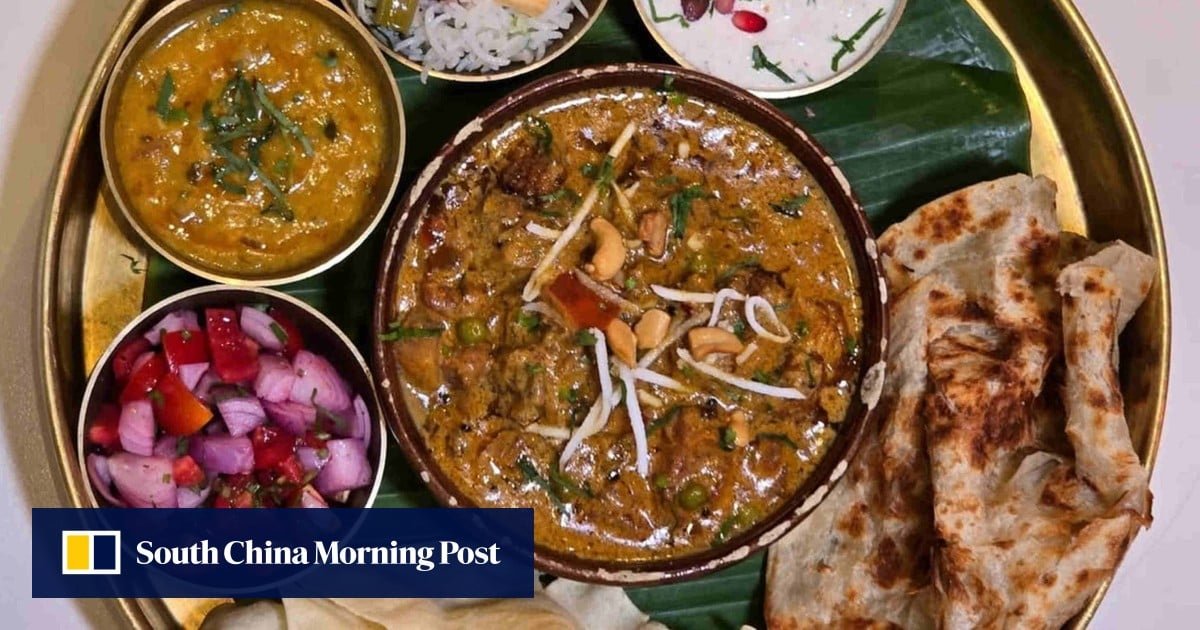
Fermentation enthusiast Tommy Leung is the founder of HakkoBako, a food tech start-up that builds fermentation chambers for chefs and mixologists. He also runs Mealthy, a meal prep service in Hong Kong. He spoke to Andrew Sun.
My dad went from Hong Kong to Sweden in the 1970s and opened Chinese restaurants there. I am blessed to have been immersed not only in Chinese food culture but also Swedish.
I am a big fan of the city’s modern Indian restaurants, especially their super-thick and creamy curries. Two favourites are Tagline (Shop G02-G04, G18-G22, Empire Centre, 68 Mody Road, Tsim Sha Tsui. Tel: 2329 3311) and Bengal Brothers (Shop D, Man Hee Mansion, 6 Johnston Road, Wan Chai. Tel: 9245 8774), especially for their Chettinad-style lamb curry. Somehow, these places pack twice or three times more flavour and richness, and I have no idea how they do it.
-

 Brand Stories2 weeks ago
Brand Stories2 weeks agoBloom Hotels: A Modern Vision of Hospitality Redefining Travel
-

 Brand Stories2 weeks ago
Brand Stories2 weeks agoCheQin.ai sets a new standard for hotel booking with its AI capabilities: empowering travellers to bargain, choose the best, and book with clarity.
-

 Destinations & Things To Do2 weeks ago
Destinations & Things To Do2 weeks agoUntouched Destinations: Stunning Hidden Gems You Must Visit
-

 Destinations & Things To Do2 weeks ago
Destinations & Things To Do2 weeks agoThis Hidden Beach in India Glows at Night-But Only in One Secret Season
-

 AI in Travel2 weeks ago
AI in Travel2 weeks agoAI Travel Revolution: Must-Have Guide to the Best Experience
-

 Brand Stories1 month ago
Brand Stories1 month agoVoice AI Startup ElevenLabs Plans to Add Hubs Around the World
-

 Brand Stories4 weeks ago
Brand Stories4 weeks agoHow Elon Musk’s rogue Grok chatbot became a cautionary AI tale
-

 Brand Stories2 weeks ago
Brand Stories2 weeks agoContactless Hospitality: Why Remote Management Technology Is Key to Seamless Guest Experiences
-

 Asia Travel Pulse1 month ago
Asia Travel Pulse1 month agoLooking For Adventure In Asia? Here Are 7 Epic Destinations You Need To Experience At Least Once – Zee News
-

 AI in Travel1 month ago
AI in Travel1 month ago‘Will AI take my job?’ A trip to a Beijing fortune-telling bar to see what lies ahead | China



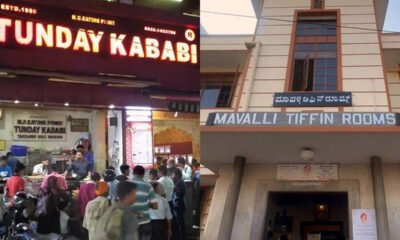









You must be logged in to post a comment Login